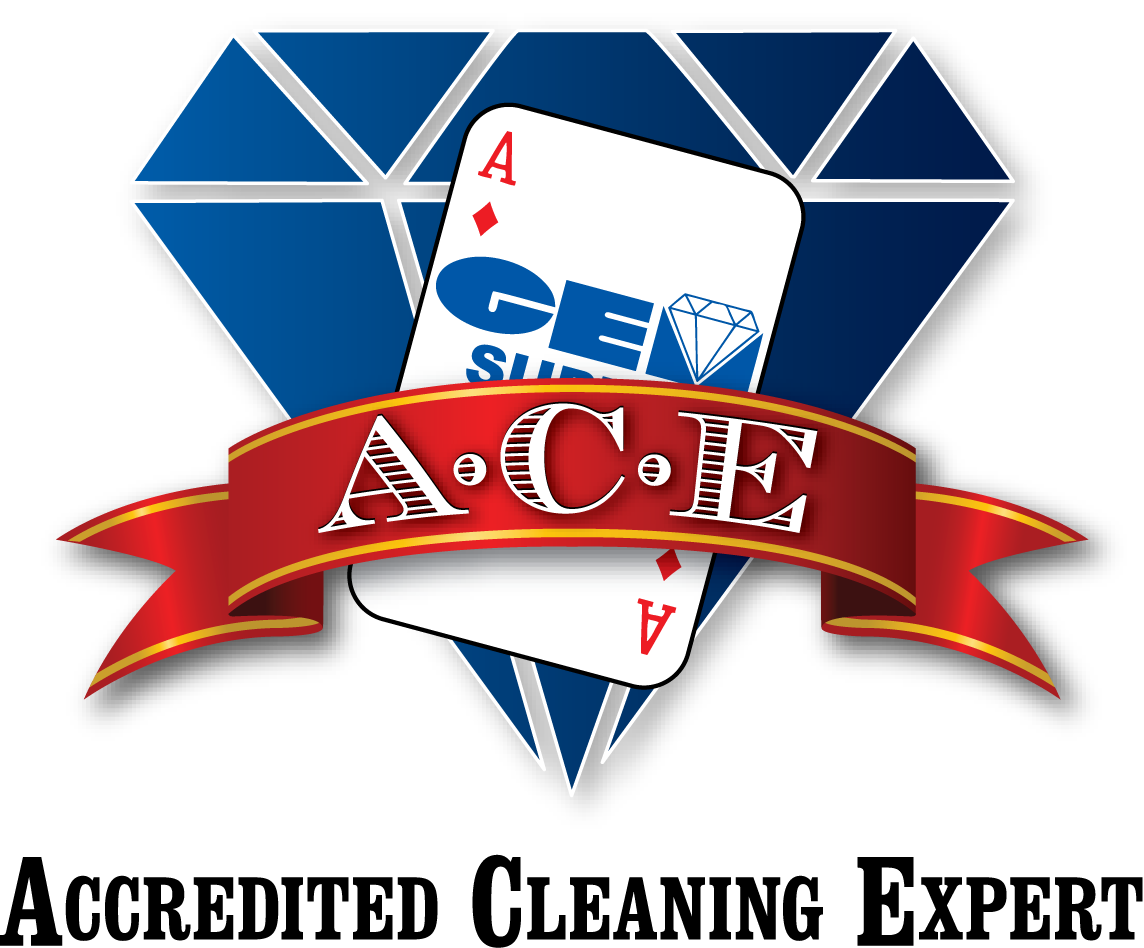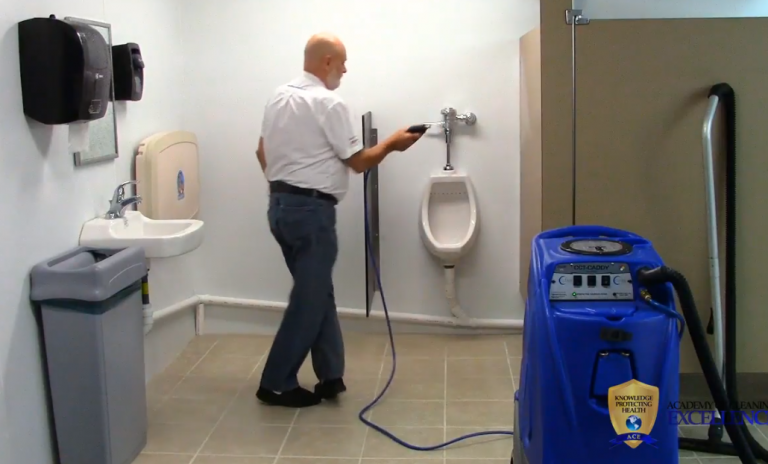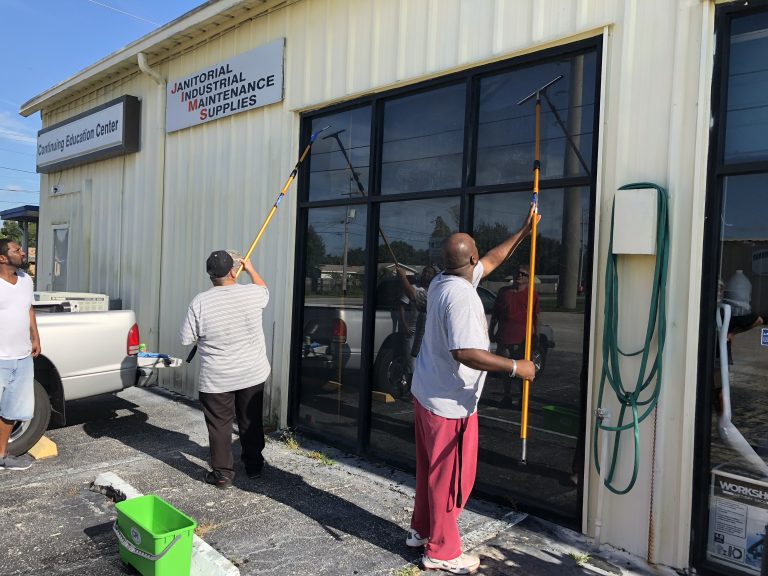Clean Standard Measures Cleanliness in School, by Bill Balek, from CleanLink.
Clean Standard Measures Cleanliness In School
By Bill Balek
Elementary and high school facilities across the United States pose health risks to students and staff due to the lack of a standardized approach to assessing the effectiveness of their cleaning regimen. A vast majority of facilities judge cleaning by sight, smell and even touch. But this approach is woefully inadequate in this age of MRSA, norovirus and other infectious agents that cannot be detected by the senses alone.
Realizing this serious deficiency of measuring cleanliness in school, ISSA and the Cleaning Industry Research Institute (CIRI) entered into a joint venture, commissioning an independent body of scientists led by Dr. Richard Shaughnessy, University of Oklahoma – Tulsa, and Dr. Gene Cole, Brigham Young University, Provo, Utah, to perform research intended to provide three deliverables.
The first goal was to identify an objective, quantitative method of measuring cleanliness in school. After thoroughly reviewing various devices, the researchers concluded that ATP (adenosine triphosphate) meters are a valid, relatively simple, rapid and affordable measure of the level of cleanliness of critical interior surfaces in schools. Just as important, these devices were found to be reliable and consistent in their measurements across geographic and climatic zones.
Secondly, ISSA and CIRI tasked the researchers with producing reasonable range values for measuring levels of cleanliness in schools across three different ATP meters, representing a standardized and quantitative approach to measuring clean. With this step, “cleanliness” was defined based on ATP-RLU (relative light unit) values.
Now, ISSA and CIRI will use this information to establish a practical standard and protocol that will empower custodial departments within schools to validate their cleaning regimen, as well as help them more efficiently allocate their limited resources for cleaning and maintenance. This protocol — the Clean Standard: K-12 — is currently in the final stages of development, and is expected to be completed by June 2013.
Overview And Background
The goal of the Clean Standard: K-12 is to provide schools with a useful tool that will help them objectively measure and monitor the level of cleanliness at their facilities, thereby contributing to the quality of the indoor environment for the benefit of students and staff alike.
The Clean Standard: K-12 is performance-oriented and focused on:
• The levels of cleanliness that can be reasonably achieved;
• Recommended monitoring and inspection procedures designed to measure how “clean” a facility is using quantitative measures (i.e., ATP Meters) and traditional methods (i.e., sight, smell, touch);
• How to use these results to evaluate and improve the cleaning processes and products that are critical to maintaining a safe and healthy learning environment for students and staff.
The Clean Standard doesn’t specify or favor any particular cleaning process or product. Instead it focuses on achieving the desired level of cleanliness and provides a systematic approach to inspection in an effort to ensure “clean” is achieved and maintained.
Bill Balek is the director of environmental services and legislative affairs for ISSA, Lincolnwood, Ill. More information on the Clean Standard: K-12 can be found at www.issa.com or by contacting Gem Supply Company at www.gemsupply.net
![]()



